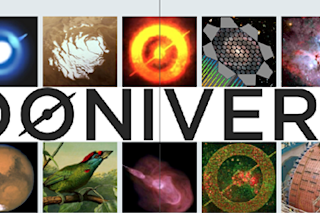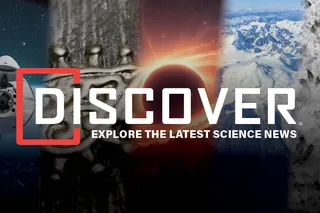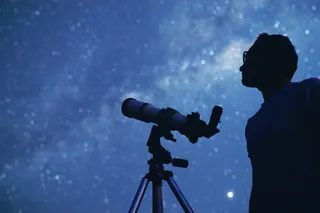Astronomy is entering a new regime of “big data.” The volumes of information being collected are staggering, and future projects promise data sets of ever-increasing size. The total data volume of the Sloan Digital Sky Survey’s Data Release 14 tops out at over 156 terabytes (TB). By 2018, the Dark Energy Survey, which takes up to 2.5 TB of data per night, will have mapped 5,000 degrees of the Southern Hemisphere sky, including 300 million galaxies, to ultimately produce about one petabyte (1,000 TB) of data. When the Large Synoptic Survey Telescope begins full science operations in 2022, its 3,200-megapixel camera will be able to collect 15 to 30 TB of data every night.
With such huge volumes of data comes the need for an increased ability to handle them. That’s where citizen science comes in, filling a unique role to propel science forward.
Zooniverse is a self-proclaimed platform for ...














